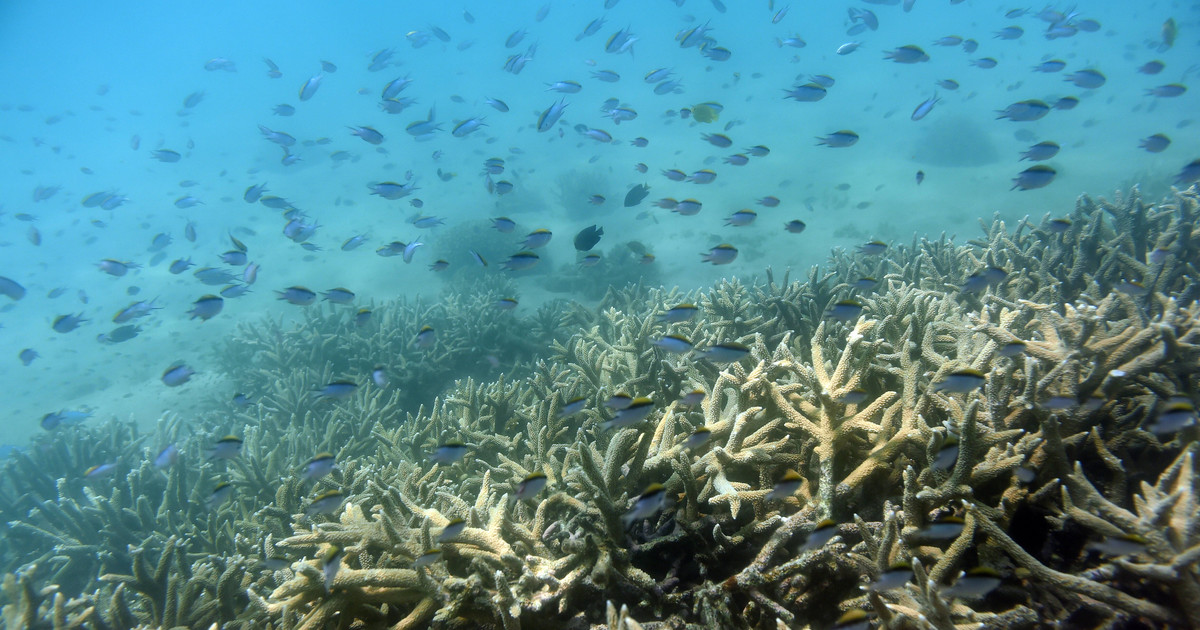The observations that led to this breakthrough were of a system forming around the star HD 169142. Two other protoplanets orbit a star known as PDS 70, which is why they are called PDS 70 b and PDS 70 c. Monthly Notices of the Royal Astronomical Society: Letters.
Read also: A hypothetical asteroid heading towards Earth. Scientists simulate the consequences of the collision
As the post’s authors point out, forming planets must be very hot, so the best way to spot them is to track them in infrared. And that’s exactly what happened with HD 169142, as scientists paid particular attention to possible heat signatures associated with the planetary process.
Results so far show that the local protoplanet – which has been named HD 169142 b – orbits at a distance of about 37 astronomical units from its star. To be precise: one of these units is the average distance between our planet and the sun. If we stayed in the reality of the solar system, HD 169142 b’s orbit would be wider than Neptune’s. This planet is the eighth farthest from the Sun and has been a major challenge for astronomers who have been trying to spot it for years.
Protoplanet HD 169142 b orbits about 37 AU from its star
To date, the observations made have been carried out with the participation of the European Southern Observatory’s Very Large Telescope. The Sphere tool played a major role in this, followed later by the image processing tool developed by PSILab. In the future, astronomers should use the highly advanced James Webb Space Telescope for this. Its instruments have led to groundbreaking observations on more than one occasion, yet NASA’s new telescope was launched just a few months ago.
There were hypotheses about the existence of a protoplanet in a system 374 light years from Earth, because in 2015-2019 there were traces of the formation of a young system. Additional observations confirmed the first guess: HD 169142 is indeed orbiting an object that will someday become a planet or remain in the asteroid phase.
Read also: This is how stars are formed. Scientists have identified the missing piece of the puzzle
Ian Hammond, who was involved in the study, adds that in the infrared not only can thermal signals associated with the activity of the protoplanet be seen, but also the spiral arm in the disk generated by its activity. What is the conclusion? First of all, other protoplanetary disks that contain spirals may also contain similar objects. Further findings on this issue should provide information about how systems like ours form. For this reason, observations of protoplanets and minor planets are particularly valuable.

Echo Richards embodies a personality that is a delightful contradiction: a humble musicaholic who never brags about her expansive knowledge of both classic and contemporary tunes. Infuriatingly modest, one would never know from a mere conversation how deeply entrenched she is in the world of music. This passion seamlessly translates into her problem-solving skills, with Echo often drawing inspiration from melodies and rhythms. A voracious reader, she dives deep into literature, using stories to influence her own hardcore writing. Her spirited advocacy for alcohol isn’t about mere indulgence, but about celebrating life’s poignant moments.










